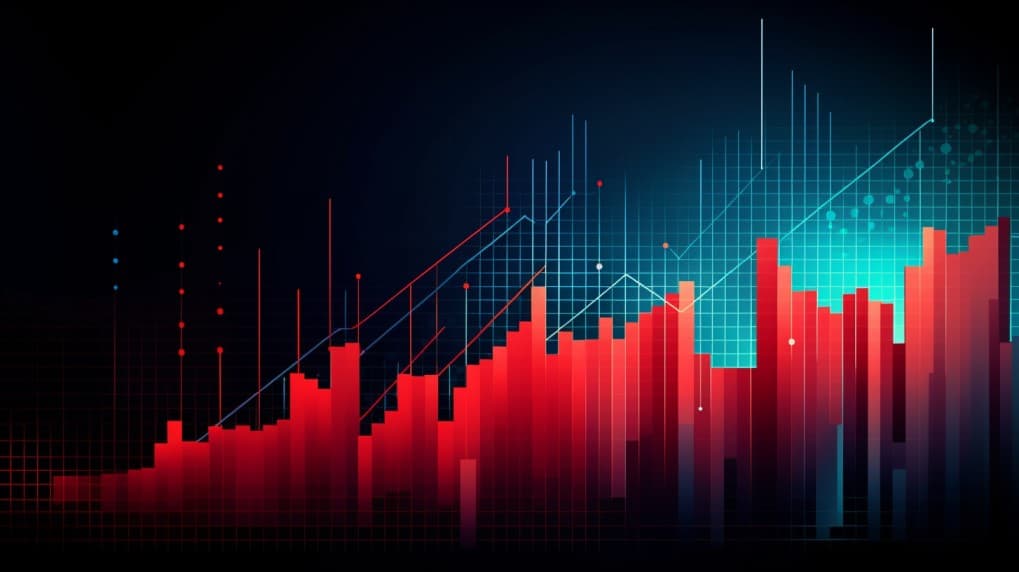
What is the IBHI ETF?
Investing in the financial market can be both exciting and daunting, especially when faced with a myriad of investment options. One popular avenue for investors seeking exposure to fixed-income assets is through Exchange-Traded Funds (ETFs). In this article, we will delve into the IBHI ETF, shedding light on its inner workings and helping you understand how it might fit into your investment strategy.
IBHI ETF: Overview
The IBHI ETF, officially known as the iShares bonds 2029 Term High Yield and Income ETF, offers investors an opportunity to gain exposure to a specific subset of the bond market. This ETF seeks to meet its investment objective by investing in component securities of the Bloomberg 2029 Term High Yield and Income Index, also referred to as the "Underlying Index."
 IBHI overlap What is the IBHI ETF?
IBHI overlap What is the IBHI ETF?
IBHI ETF: What Makes It Unique?
The distinguishing feature of the IBHI ETF lies in its focus on a particular time horizon and asset class. This ETF is designed as a term fund, set to terminate around December 15, 2029. Its investment strategy centers on a specific range of corporate bonds that are scheduled to mature between January 1, 2029, and December 15, 2029. This targeted approach may align with investors' preferences for a fixed-term investment.
IBHI ETF: Investment Approach
The IBHI ETF employs a passive or indexing approach to achieve its investment objective. Unlike actively managed funds that aim to outperform the market, this ETF tracks its underlying index and does not seek to beat it. This strategy eliminates the potential for substantial outperformance but also mitigates some of the risks associated with active management.
The ETF follows a representative sampling indexing strategy, investing in a representative sample of securities that collectively mirrors the investment profile of the Underlying Index. This approach aims to keep portfolio turnover low, reducing costs and potentially improving after-tax performance.
IBHI ETF: Considerations and Conclusion
Before considering the IBHI ETF or any investment, it's essential to evaluate your financial goals, risk tolerance, and investment horizon. The IBHI ETF's unique approach might suit those looking for exposure to a specific maturity range within the corporate bond market. However, as with any investment, there are risks involved, including the potential for changes in interest rates, credit quality, and market conditions.
In conclusion, the iShares iBonds 2029 Term High Yield and Income ETF offers investors an opportunity to navigate the fixed-income market with a specific maturity focus. It employs a passive strategy, aiming to track its underlying index while minimizing some of the risks associated with active management. As with any investment decision, thorough research and consultation with financial professionals are crucial.
Disclaimer: This article is for informational purposes only and does not provide investment advice. The information presented here does not constitute an offer to buy or sell securities. We are not providing any investment advisory services.
Sources: [Source List]
Alternative Sources m the TITLE of the text is hereafter: What is the IBHI ETF?
IBHI ETF issuer
IBHI ETF official page
IBHI quote and analysis
Discover the top holdings, correlations, and overlaps of ETFs using our visualization tool.
Our app allows you to build and track your portfolio.
To learn more about the IBHI iShares iBonds 2029 Term High Yield and Income ETF, access our dedicated page now.
FAQ
What is the IBHI ETF?
IBHI ETF, is an exchange-traded fund that provides investors with exposure to companies operating in the relevant sector.
What is the underlying index that the IBHI ETF aims to track?
IBHI ETF aims to track the performance of a specific index, which includes companies involved in various aspects of the relevant industry.
What types of companies are included in the IBHI ETF?
IBHI ETF includes companies from the relevant industry, which may consist of specialized firms, equipment manufacturers, and other related entities.
How does the IBHI ETF work?
IBHI ETF functions by pooling investors' capital to purchase a diversified portfolio of related stocks, aiming to replicate the performance of the underlying index.
What are the advantages of investing in the IBHI ETF?
Investing in the IBHI ETF offers exposure to a specialized sector with potential for growth and innovation. It allows investors to diversify within the industry, which could experience significant advancements and expansion in the future.